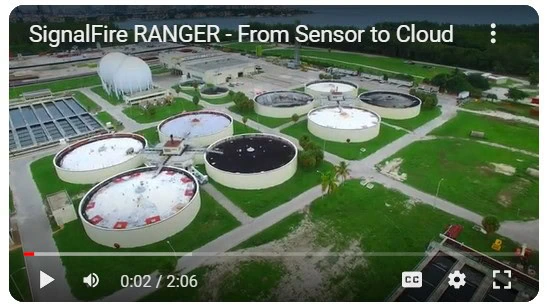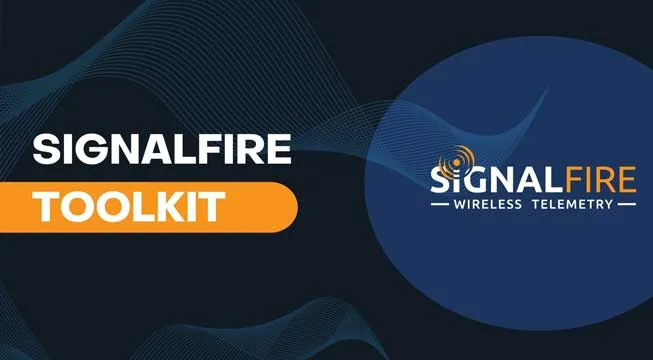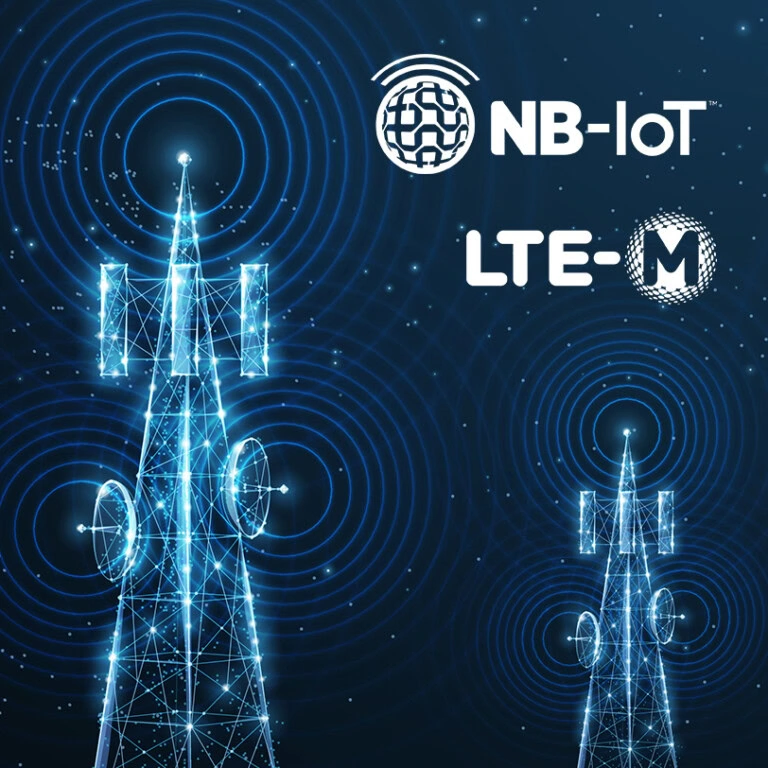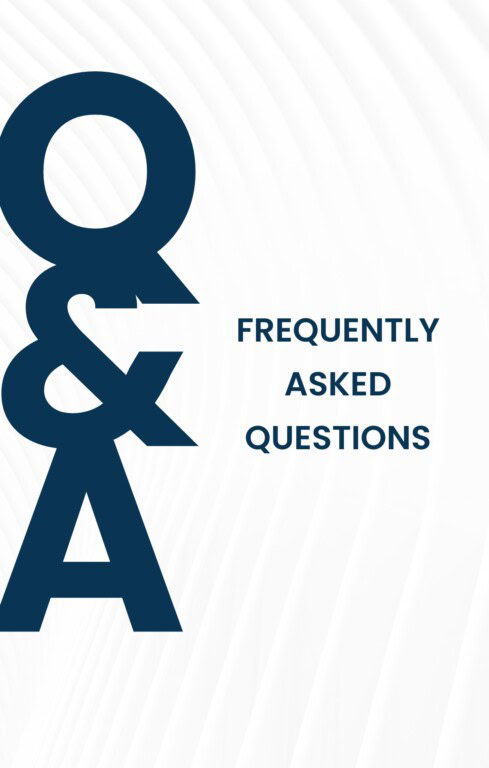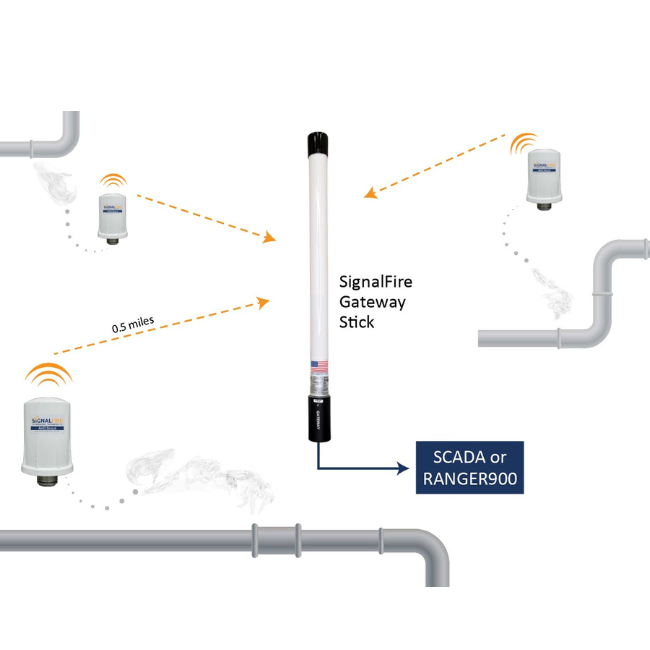
IIoT, or Industrial Internet of Things, refers to the use of interconnected sensors, instruments, and other devices within industrial environments to collect, analyze, and exchange data. Unlike traditional industrial automation systems, IIoT systems leverage internet connectivity and advanced analytics to improve efficiency, productivity, and safety in sectors such as manufacturing, transportation, energy, and healthcare. IIoT enables real-time monitoring, predictive maintenance, and optimization of processes, equipment, and assets, leading to reduced downtime, lower operational costs, and enhanced decision-making capabilities. Its applications range from remote asset management and condition monitoring to supply chain optimization and smart grid management. Overall, IIoT offers benefits such as increased operational efficiency, improved asset utilization, better resource management, and the ability to unlock new revenue streams through data-driven insights and innovations.
SignalFire selected the following technologies in its RANGER product: LTE-M1/NB-IoT, MQTT, and Sparkplug to provide bi-directional data transmission while using less power data, resulting in longer battery life and optimal operational cost.


















